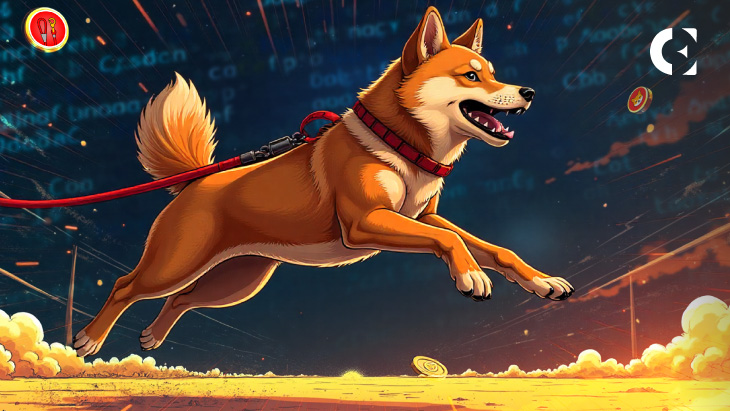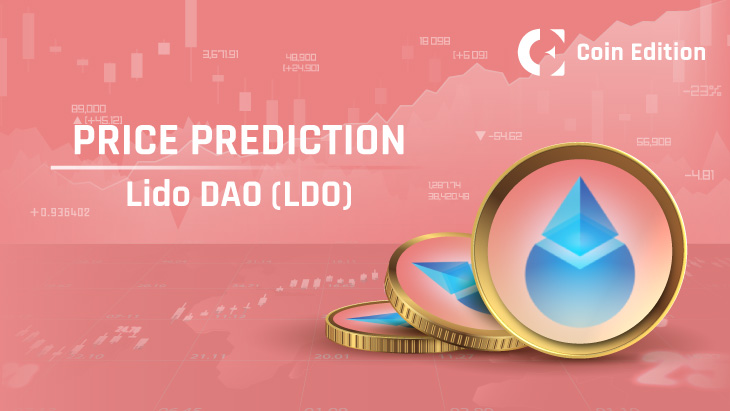- Top developer Kaal Dhairya exposes how LEASH supply secretly increased 10%.
- Pre-authorized contracts bypassed renounced ownership to trigger a rebase event.
- Community offered a choice between negotiation attempts or a complete v2 rebuild.
Shiba Inu’s top developer, Kaal Dhairya, has broken the silence on the mysterious LEASH token supply increase that happened on August 11, 2025. In a detailed disclosure, Dhairya explained how the token’s supply jumped from 107,646 to 118,411 tokens despite years of messaging about fixed supply and disabled rebasing capabilities.
The developer revealed that a hidden rebase pathway remained functional even after ownership renouncement across the contract system. While the setup appeared decentralized with owner addresses showing zero status, pre-authorized orchestrator contracts retained the ability to trigger supply changes through backdoor mechanisms.
Shiba Inu Developer Exposes Contract Architecture Flaws
Dhairya’s explanation mentioned how the LEASH token contract inherited elastic-supply logic from earlier development phases, maintaining connections to a monetary policy system that could accept rebase commands. The policy contract only responded to pre-whitelisted orchestrator addresses that were configured before ownership renouncement occurred.
The technical setup created a deceptive appearance of trustlessness while preserving functional control over supply adjustments. When developers publicly claimed keys were “burned” and rebasing was “permanently disabled,” the contract architecture told a different story through its preserved authorization pathways.
The rebase mechanism proportionally adjusts all holder balances when activated, theoretically maintaining percentage ownership while changing absolute token counts. This affects market calculations, explorer data, liquidity pool mathematics, and integration systems built on fixed-supply assumptions.
Two-Option Recovery Plan Proposed to Community
Dhairya presented the LEASH DAO with two distinct paths forward following the supply revelation. The first option involves attempting negotiations with the original developer to secure public commitments against future rebase triggers or to permanently disable remaining control pathways.
The developer acknowledged that previous negotiation efforts had failed, including attempts by Ryoshi himself, setting low expectations for this approach. The second option proposes launching LEASH v2 as an entirely new contract deployment following community approval through DAO voting mechanisms.
A potential v2 would remove rebase code completely, functioning as a standard ERC-20 token with immutable supply established at contract genesis. The new deployment would feature minimal governance roles protected by multisig arrangements and timelock mechanisms for enhanced security.
Related: Shiba Inu (SHIB) Price Nears Breakout as Burn Rate Spikes 181% & Whales Move 360B Tokens
Disclaimer: The information presented in this article is for informational and educational purposes only. The article does not constitute financial advice or advice of any kind. Coin Edition is not responsible for any losses incurred as a result of the utilization of content, products, or services mentioned. Readers are advised to exercise caution before taking any action related to the company.









